3 Inch PVC Pipe: Detailed Overview
Table of Contents
- Introduction
- Specifications and Features
- Dimensions
- Material Composition
- Durability and Strength
- Applications and Uses
- Plumbing Systems
- Irrigation Systems
- HVAC and Ventilation Systems
- Installation and Maintenance
- Installation Process
- Maintenance Tips
- Advantages of PVC Pipes
- Cost Efficiency
- Corrosion Resistance
- Lightweight and Easy Handling
- Comparison with Other Pipe Materials
- PVC vs. Metal Pipes
- PVC vs. CPVC Pipes
- Safety and Compliance
- Safety Guidelines
- Regulatory Compliance
- Conclusion
1. Introduction
The 3-Inch PVC Pipe is a robust and versatile component extensively used across various industries and applications. Made from Polyvinyl Chloride (PVC), this pipe provides a reliable solution for transporting fluids, gases, and other materials. With its substantial internal diameter and durable construction, the 3-inch PVC pipe is suited for medium to large-scale installations, offering a blend of strength, resistance, and cost-efficiency.
2. Specifications and Features
Dimensions
The 3-Inch PVC Pipe features an internal diameter of 3 inches, making it ideal for applications requiring a larger conduit for fluid or gas transport. The external diameter of the pipe is slightly larger to accommodate standard fittings and connectors. The nominal size of 3 inches refers to the pipe’s internal diameter, while the actual external diameter may vary slightly depending on the pipe’s schedule (e.g., Schedule 40 or Schedule 80) and wall thickness.
Material Composition
Constructed from high-quality PVC, the 3-Inch Pipe benefits from the material’s favorable properties. PVC is a thermoplastic polymer known for its rigidity, resistance to chemicals, and long-lasting durability. The pipe’s smooth interior ensures optimal fluid flow, while the exterior provides resistance to physical impacts and environmental wear.
Durability and Strength
PVC pipes are well-regarded for their durability and ability to resist corrosion, rust, and chemical degradation. The 3-Inch PVC Pipe is designed to handle moderate to high pressures, depending on its schedule. This makes it suitable for a range of applications where strength and longevity are crucial. The pipe’s resistance to environmental factors ensures reliable performance over time.
3. Applications and Uses
Plumbing Systems
In plumbing systems, the 3-Inch PVC Pipe is often used for both water supply and drainage. Its robustness and resistance to corrosion make it suitable for residential, commercial, and industrial plumbing applications. The pipe can handle a variety of water flow conditions, ensuring efficient and reliable operation in plumbing networks.
Irrigation Systems
The 3-Inch PVC Pipe is extensively used in irrigation systems to deliver water from the source to various irrigation points. Its ability to withstand environmental exposure and pressure makes it ideal for distributing water across gardens, lawns, and agricultural fields. The pipe’s durability ensures that it can handle the demands of irrigation systems, including varying flow rates and pressures.
HVAC and Ventilation Systems
In HVAC (Heating, Ventilation, and Air Conditioning) systems, the 3-Inch PVC Pipe is employed for ductwork and ventilation applications. It helps direct air flow through the system, maintaining proper air pressure and reducing noise. The pipe’s strength and resistance to corrosion are essential for maintaining the efficiency and longevity of HVAC systems.
4. Installation and Maintenance
Installation Process
Installing a 3-Inch PVC Pipe involves the following steps:
- Preparation: Clean the pipe ends and fittings to remove any debris. Ensure the pipe is cut squarely for a proper fit.
- Application of PVC Primer and Cement: Apply PVC primer to the outside of the pipe and the inside of the fitting to prepare the surfaces for bonding. Follow with a coat of PVC cement on the same areas.
- Joining: Insert the pipe into the fitting, ensuring it is pushed in as far as it will go. Hold the pipe and fitting together for a few seconds to allow the cement to set.
- Curing Time: Allow the joint to cure for the recommended time before applying pressure or stress to the system.
Maintenance Tips
PVC pipes generally require minimal maintenance. Regular inspections should be conducted to check for any signs of damage, such as cracks or leaks. Prompt repairs or replacements should be made if issues are detected. Additionally, avoid exposing PVC pipes to extreme temperatures or harsh chemicals that could affect their performance.
5. Advantages of PVC Pipes
Cost Efficiency
PVC pipes are known for their cost-effectiveness compared to metal or composite alternatives. The low initial cost, combined with the durability and low maintenance requirements of PVC, makes it an economical choice for a wide range of applications. The long-term value provided by PVC pipes is enhanced by their durability and ease of installation.
Corrosion Resistance
One of the key benefits of PVC pipes is their resistance to corrosion and rust. Unlike metal pipes, PVC does not degrade when exposed to moisture or chemicals, ensuring a longer service life and reduced maintenance needs. This makes PVC pipes particularly suitable for applications where exposure to water and chemicals is common.
Lightweight and Easy Handling
PVC pipes are significantly lighter than metal alternatives, making them easier to handle, transport, and install. This characteristic simplifies the installation process, reduces labor costs, and minimizes the risk of injury during handling.
6. Comparison with Other Pipe Materials
PVC vs. Metal Pipes
Metal pipes, such as those made from brass or steel, offer high strength but are more prone to corrosion and generally more expensive. PVC pipes, including the 3-inch model, provide a cost-effective, corrosion-resistant alternative with adequate strength for many applications. The lightweight nature of PVC also makes it easier to install compared to metal pipes.
PVC vs. CPVC Pipes
Chlorinated Polyvinyl Chloride (CPVC) pipes are designed for higher temperature applications and offer improved thermal resistance compared to standard PVC pipes. While CPVC pipes can handle higher temperatures, PVC pipes are typically more economical and suitable for standard temperature applications, making them a preferred choice for many projects.
7. Safety and Compliance
Safety Guidelines
When working with PVC-pipes, it is important to use appropriate safety gear, such as gloves and safety glasses, to protect against sharp edges and potential chemical exposure during installation. Always follow the manufacturer’s instructions for safe handling and installation practices to ensure a safe and effective installation process.
Regulatory Compliance
The 3-Inch PVC Pipe complies with industry standards and regulations, including ASTM (American Society for Testing and Materials) specifications. This compliance ensures that the pipe meets quality and performance standards for its intended applications, providing assurance that it adheres to established guidelines.
8. Conclusion
The 3-Inch PVC Pipe is a versatile and reliable component suitable for a wide range of systems, including plumbing, irrigation, and HVAC. Its durable construction, ease of installation, and cost-effectiveness make it a valuable choice for many applications. By understanding its specifications, advantages, and maintenance requirements, users can ensure optimal performance and longevity of their piping systems.





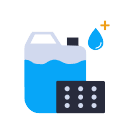
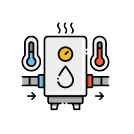





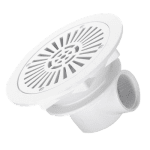





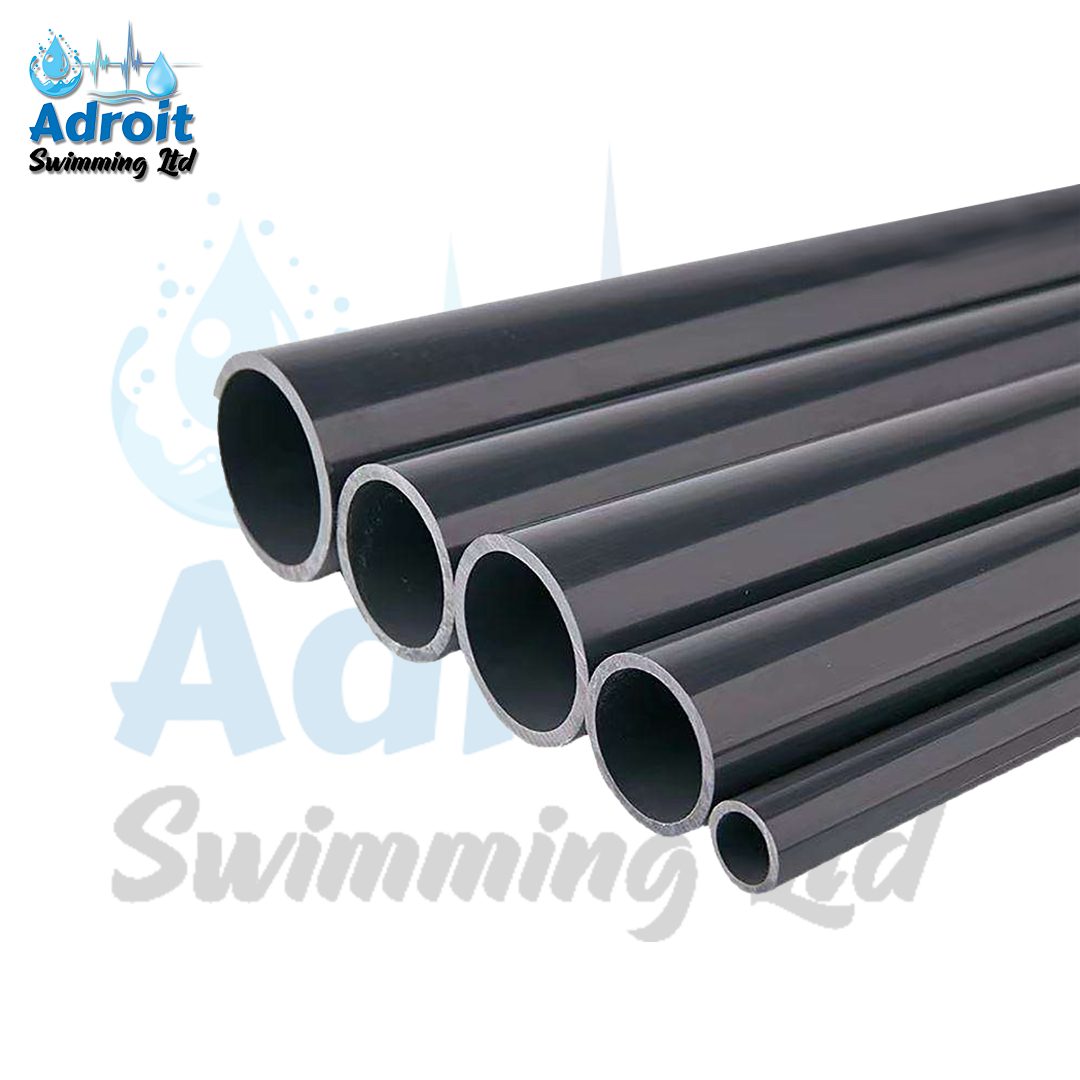
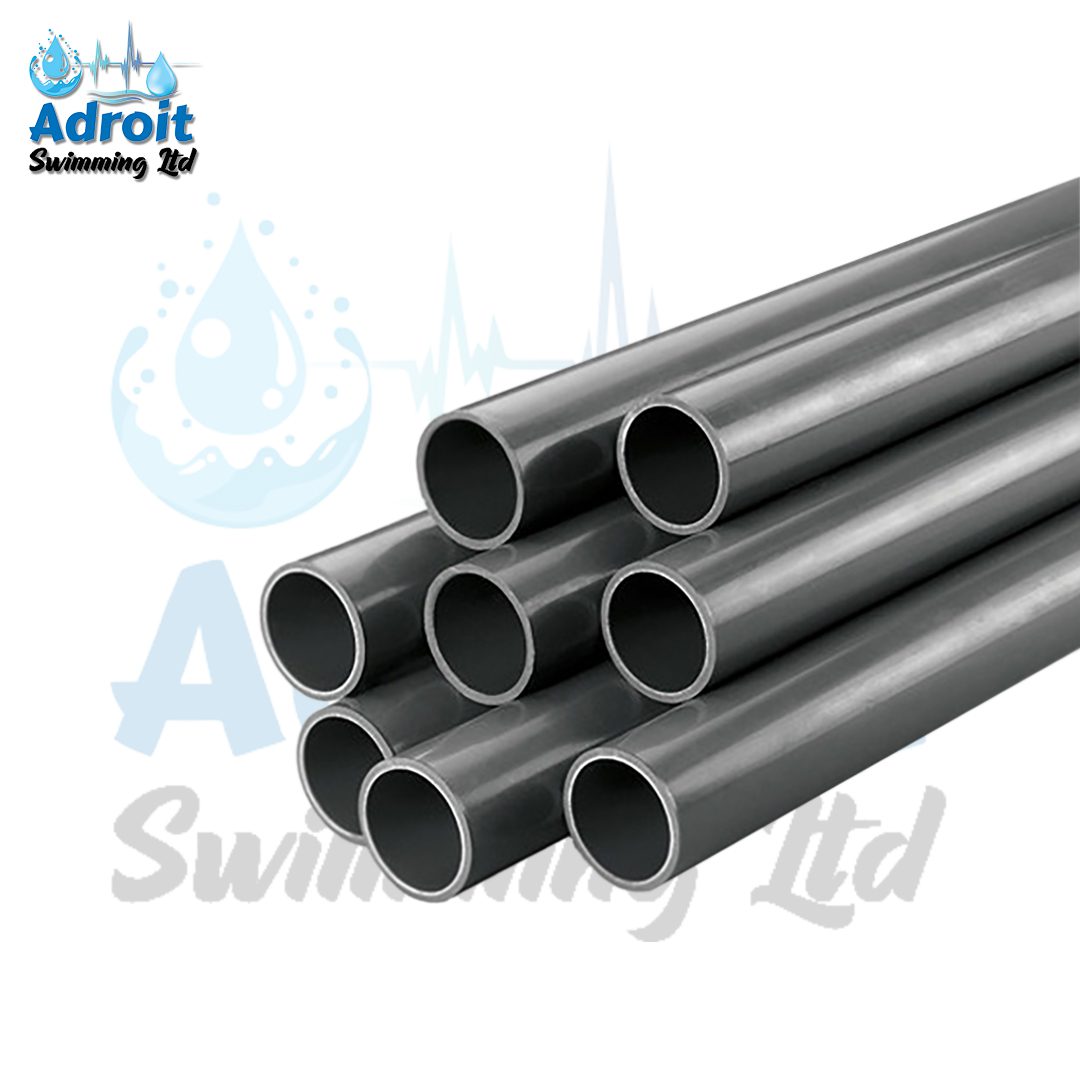
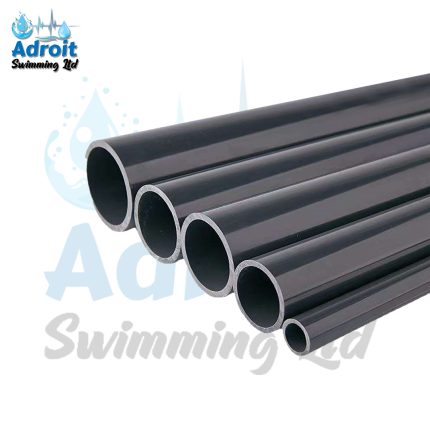
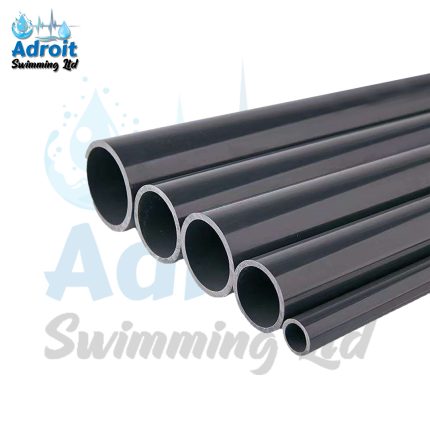
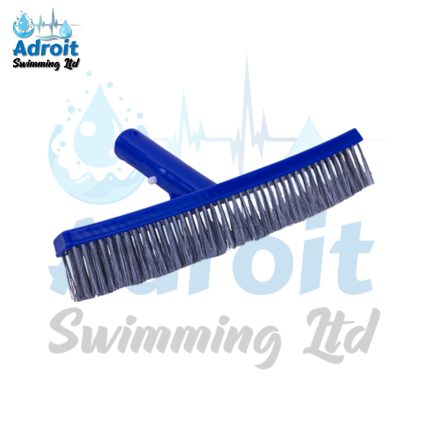


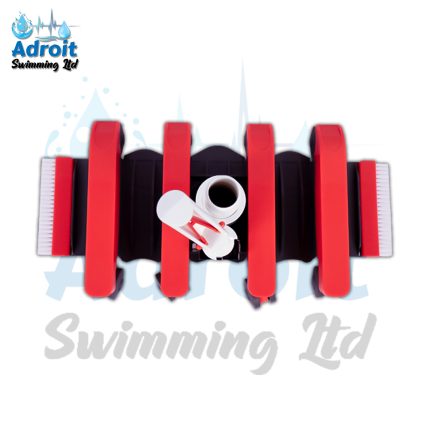
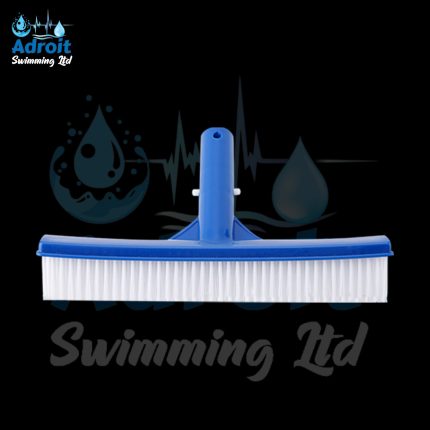
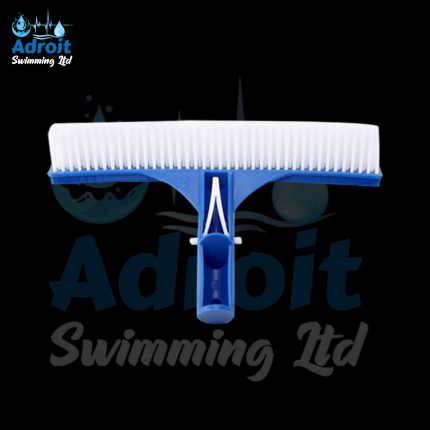
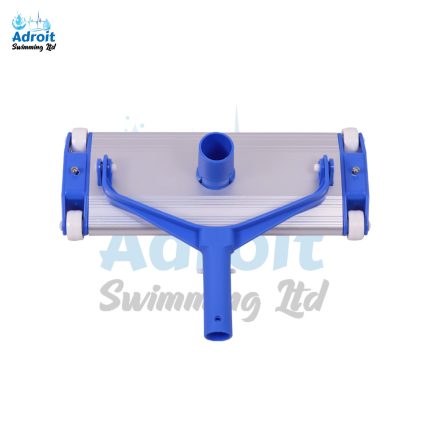
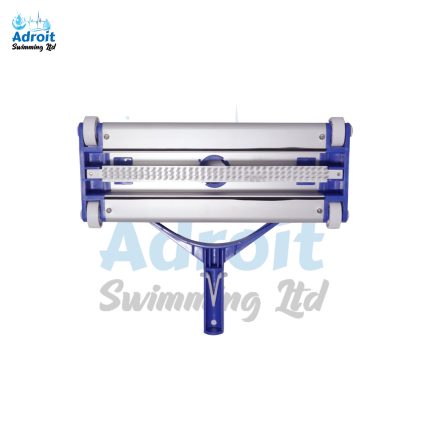

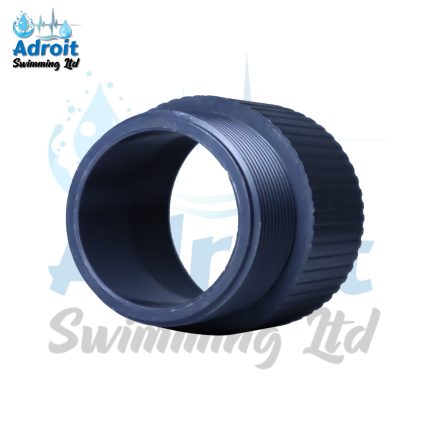

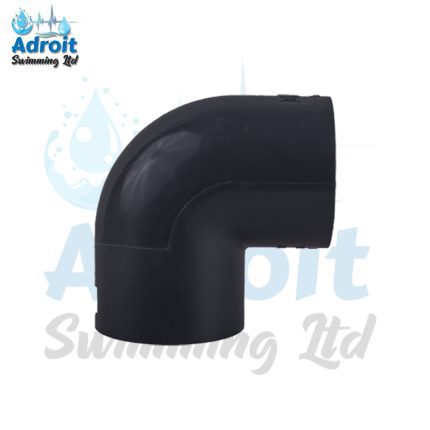
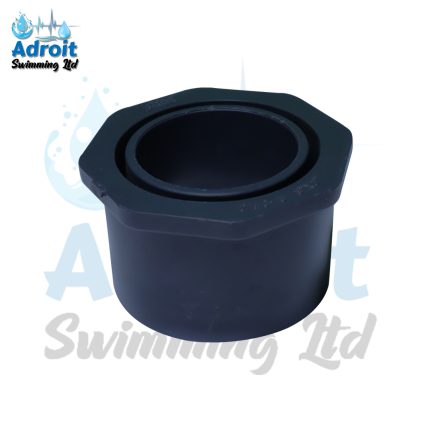




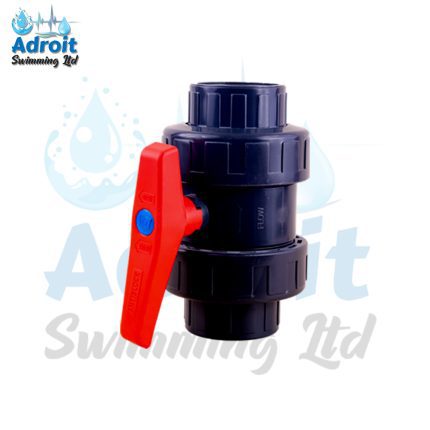
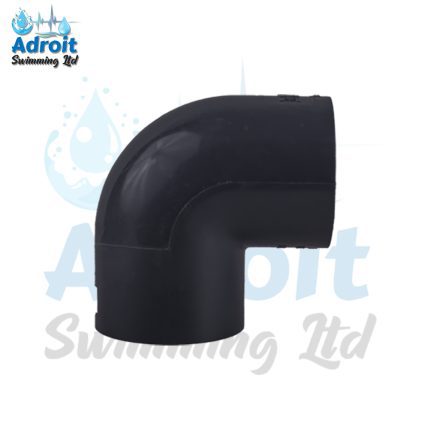
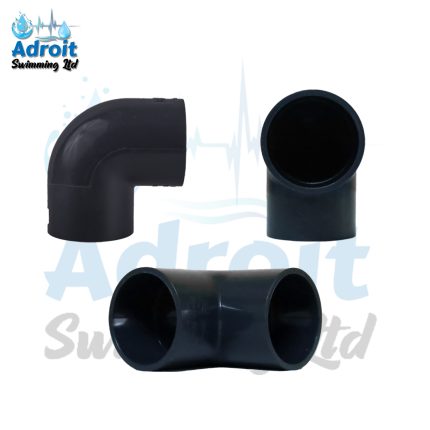

Reviews
There are no reviews yet.